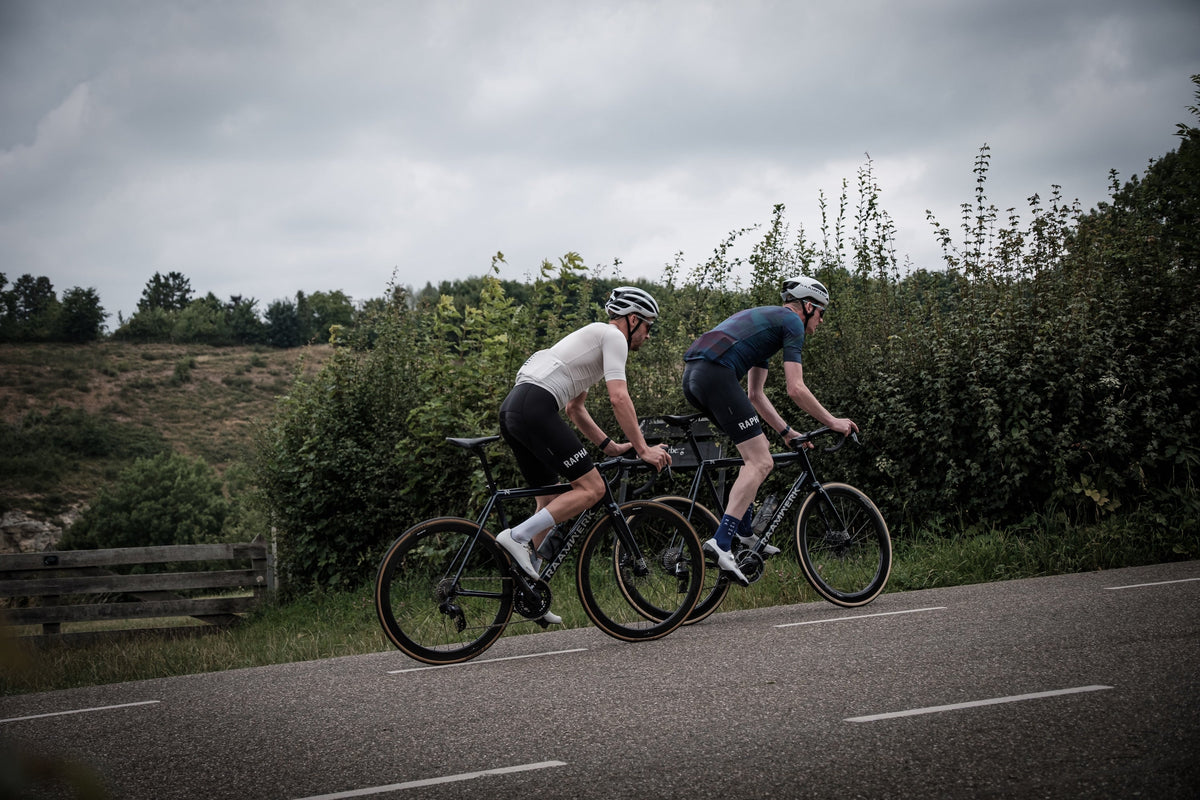We all love a neat-looking bike. No cables in view is ideal, right? However, if you’ve ever replaced headset bearings on a bike with fully integrated cables and hoses, you’ll think twice about that answer. The sleek look of integration comes with a price. Maintenance and service become more challenging and take considerably more time on bikes with extensive integration.
We love giving you the choice to build your bike the way you prefer, but we also want to ensure you can make changes in the future. Hydraulic lines are way more flexible than mechanical brake and shift cables, which makes integration on hydraulic possible.
For each of the integration options, different headsets are required. We typically use headsets from FSA.
1. Full integrated: FSA No.55 ACR system
2. Semi integrated: FSA No.69 SRS System
3. Non-integrated: FSA 55R

